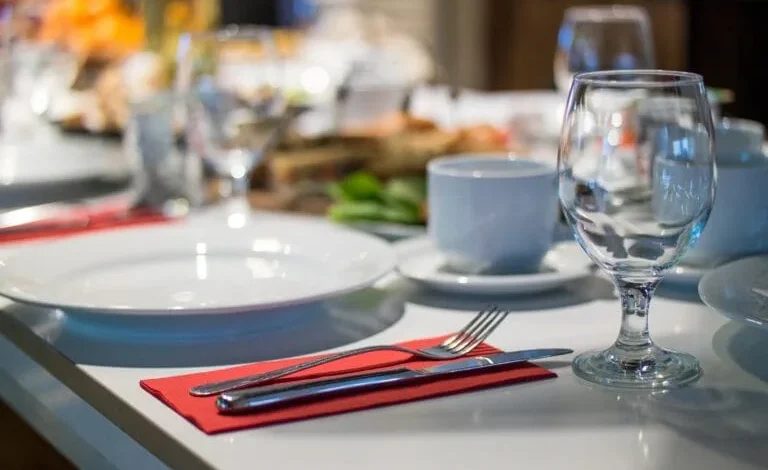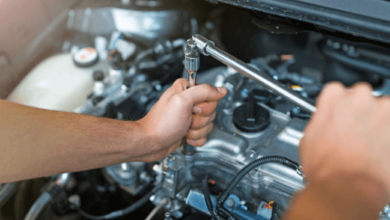COMPREHENSIVE GUIDE TO RESTAURANT TABLE

Choosing the appropriate materials for the tables and chairs in your restaurant is an important decision that affects the area’s appearance and use. Every material, from metal and wood to synthetic alternatives, has unique benefits and drawbacks. This tutorial will discuss a variety of materials, their advantages and disadvantages, and how to pick the best ones for your restaurant’s requirements.
WOODEN TABLE AND CHAIRS
Wood’s classic attractiveness and adaptability have long made it a popular option for restaurant furnishings. Both upscale dining businesses and casual cafés benefit greatly from the warmth and inherent beauty that wooden tables and chairs bring to any eating area. Superior hardwoods, including teak, walnut, and oak, are renowned for their resilience to deterioration. Additionally, because wood is so adaptable, restaurant owners may paint, stain, or carve the furniture to fit the decor of their establishment.
Nevertheless, there are several disadvantages to choosing wood for restaurant furnishings. Because premium hardwoods can be pricey, owners on a tight budget might be concerned. Additionally, wood has to be maintained often to avoid stains, scratches, and moisture damage—especially in areas with heavy usage. Furthermore, hardwood furniture may be rather heavy, which could make it more difficult to rearrange the seating or take more work to maintain.
Wooden furniture is best suited for restaurants that want to create a rustic, elegant, or cozy atmosphere. Its organic appearance may create a cozy and welcoming setting ideal for an unforgettable meal.
METAL TABLES AND CHAIR
Metal furniture is a sleek, sophisticated option that is especially well-liked in industrial and modern restaurant designs. Because of its reputation for strength, resilience to corrosion, and capacity to tolerate severe usage, metals like aluminum and stainless steel are perfect for high-traffic areas. A major benefit in crowded settings is that metal is a robust material that can sustain large loads. Certain metals, such as aluminum, are portable and lightweight, which increases the restaurant tables layout flexibility.
Metal furniture does have its drawbacks, though. Metal may be less useful in outdoor eating areas since it absorbs heat and becomes unpleasant to sit on in full sunshine. Although metal has a sleek, contemporary appearance, it might come across as impersonal or chilly in some situations.
Metal furniture does have its drawbacks, though. Metal may be less useful in outdoor eating areas since it absorbs heat and becomes unpleasant to sit on in full sunshine. Although metal has a sleek, contemporary appearance, it might come across as impersonal or chilly in some situations. The noise element is another drawback; moving metal tables and chairs may make a lot of noise, which could ruin the eating experience.
Metal furniture is a great option for informal dining establishments with an urban theme or outdoor areas where durability and a contemporary aesthetic are sought.
PLASTIC AND SYNTHETIC MATERIAL
Plastic and synthetic materials like polycarbonate or polypropylene are common options for inexpensive and adaptable furniture. Due to their affordability, these materials are perfect for restaurants that need a lot of furniture or operate on a tight budget. Furthermore, because plastic is lightweight, it is simple to reconfigure, which is very helpful in restaurants with adjustable seating configurations. Synthetic materials are perfect for outdoor eating areas since they are weather-resistant. They are easy to maintain, fade-resistant, and waterproof.
The drawback is that, compared to materials like metal or wood, plastic furniture is occasionally considered inferior quality. Poorer-quality polymers are more prone to warping or cracking over time, particularly when subjected to high temperatures or frequent use. Plastic furniture comes in various hues and patterns, but it might only sometimes complement some businesses’ more upscale style.




